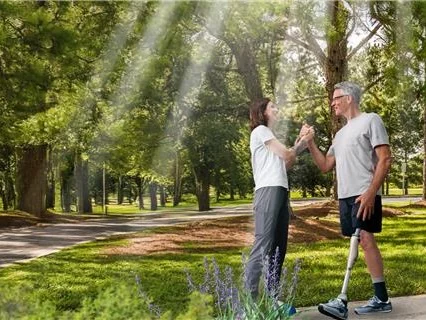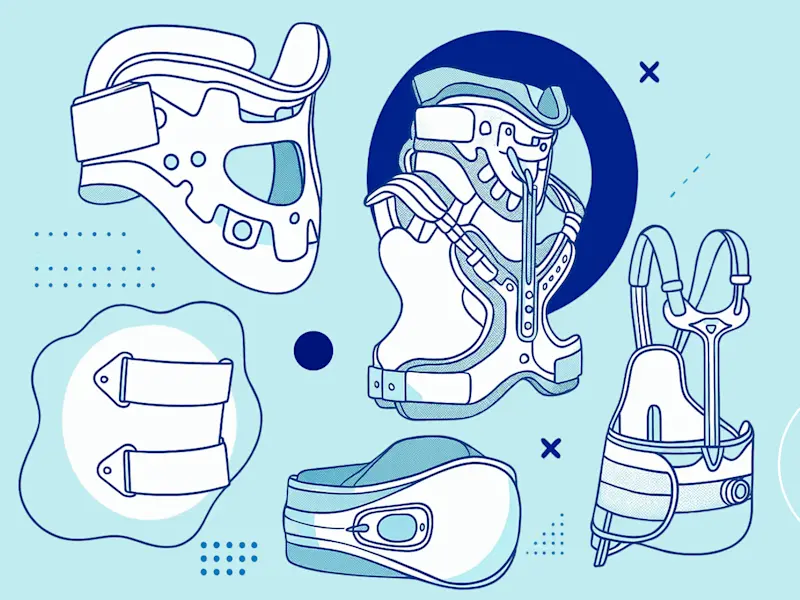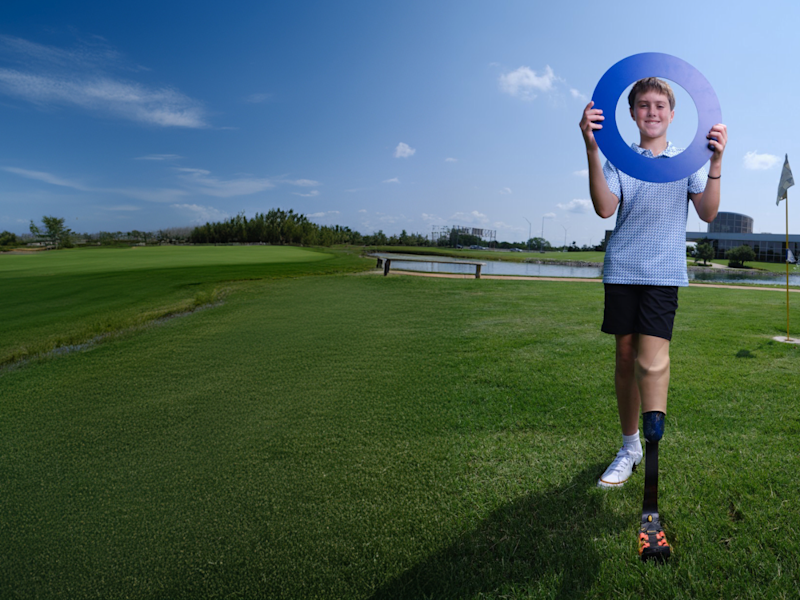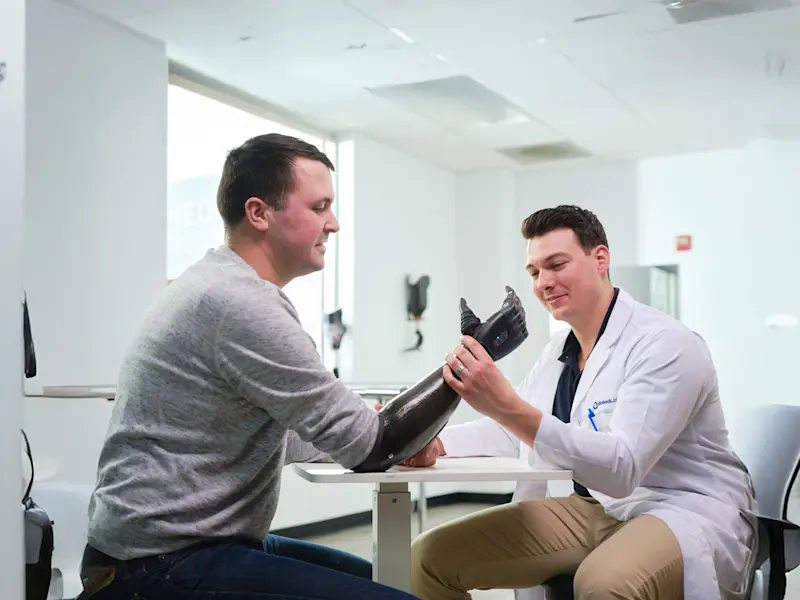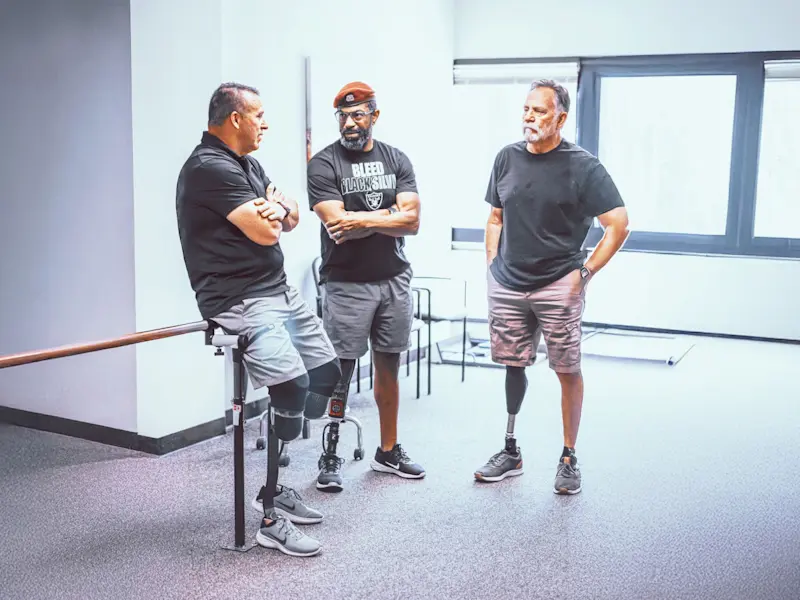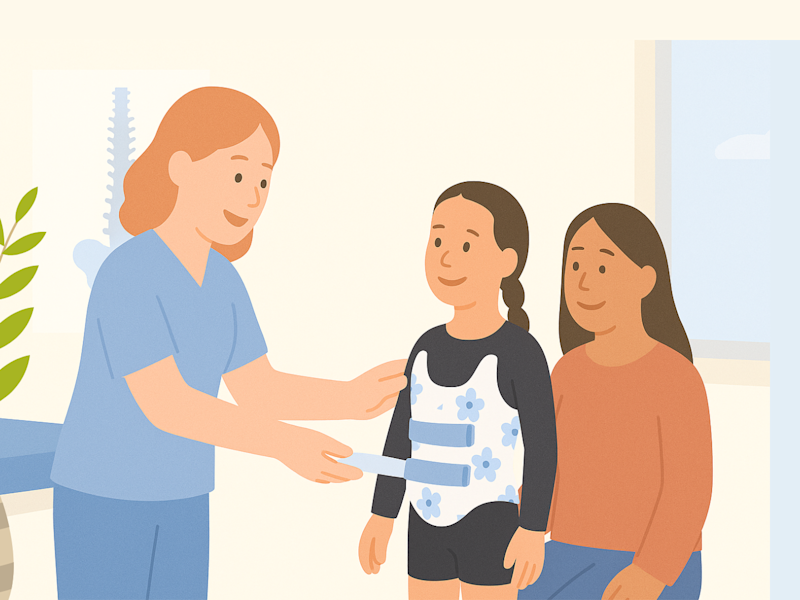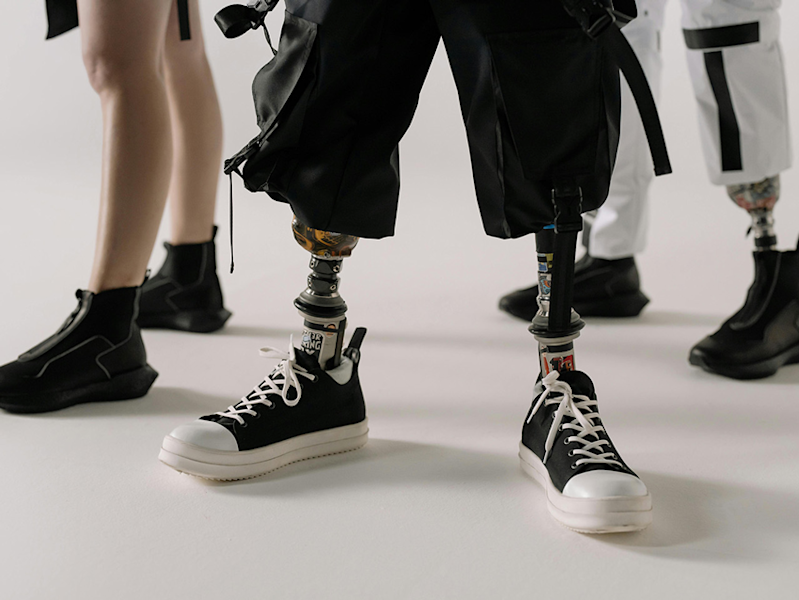Mobility Levels for Amputees: K1 to K4 Explained
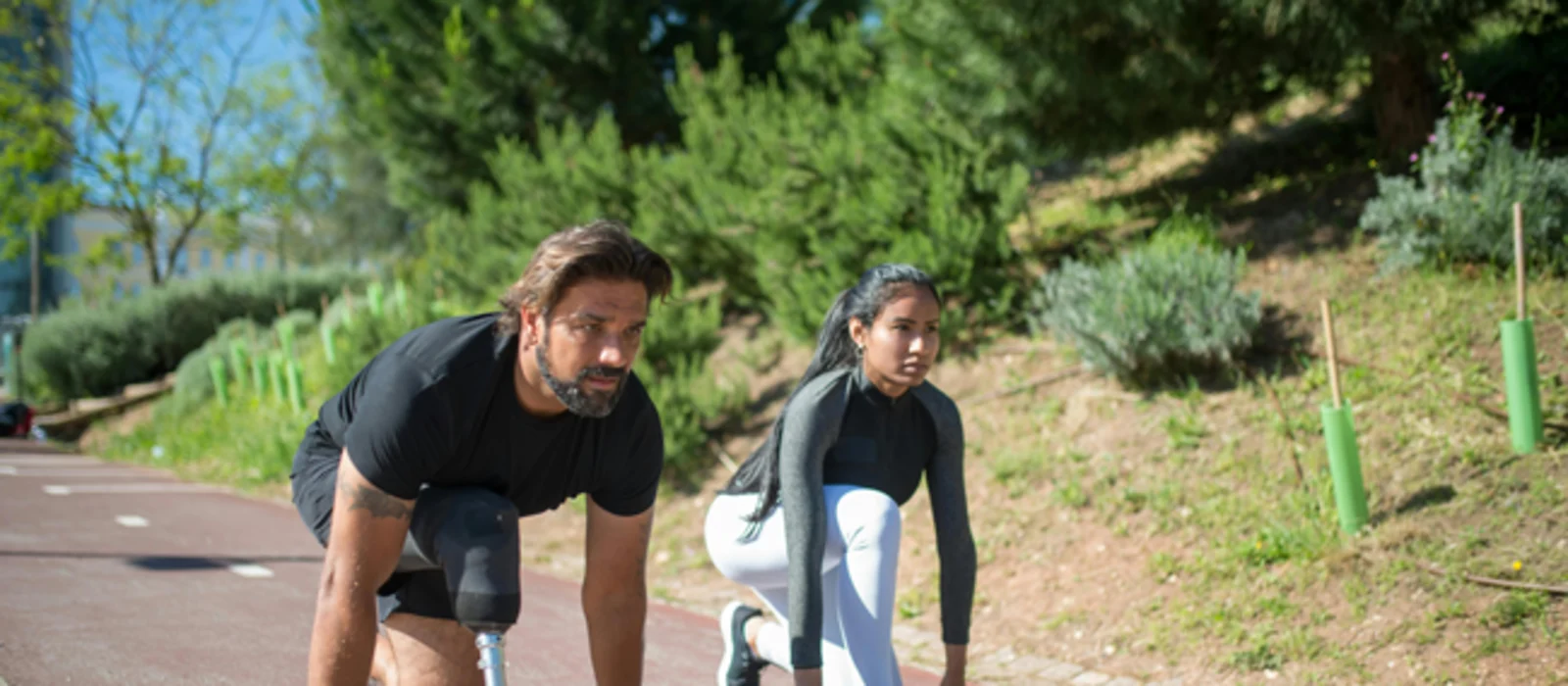
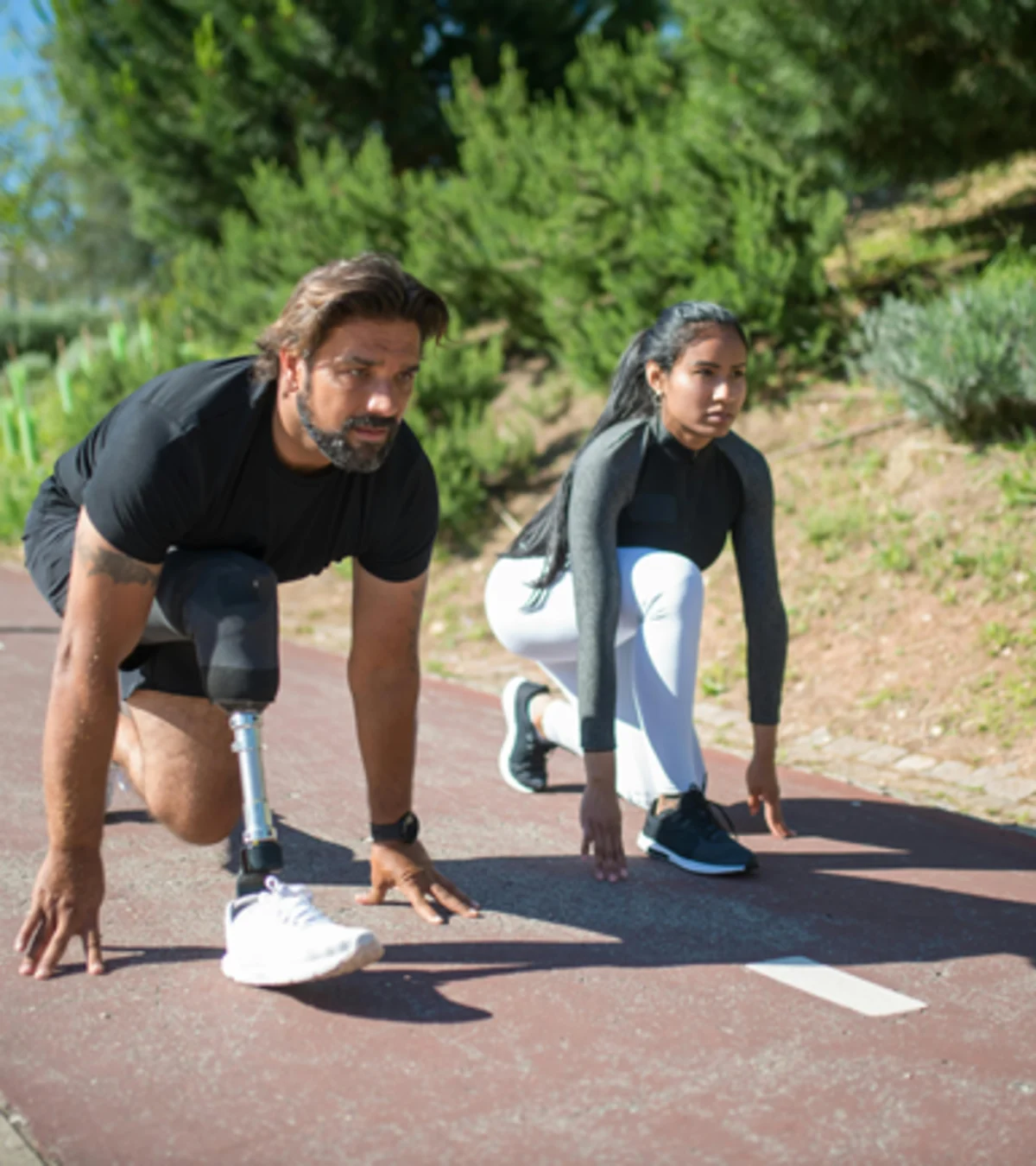
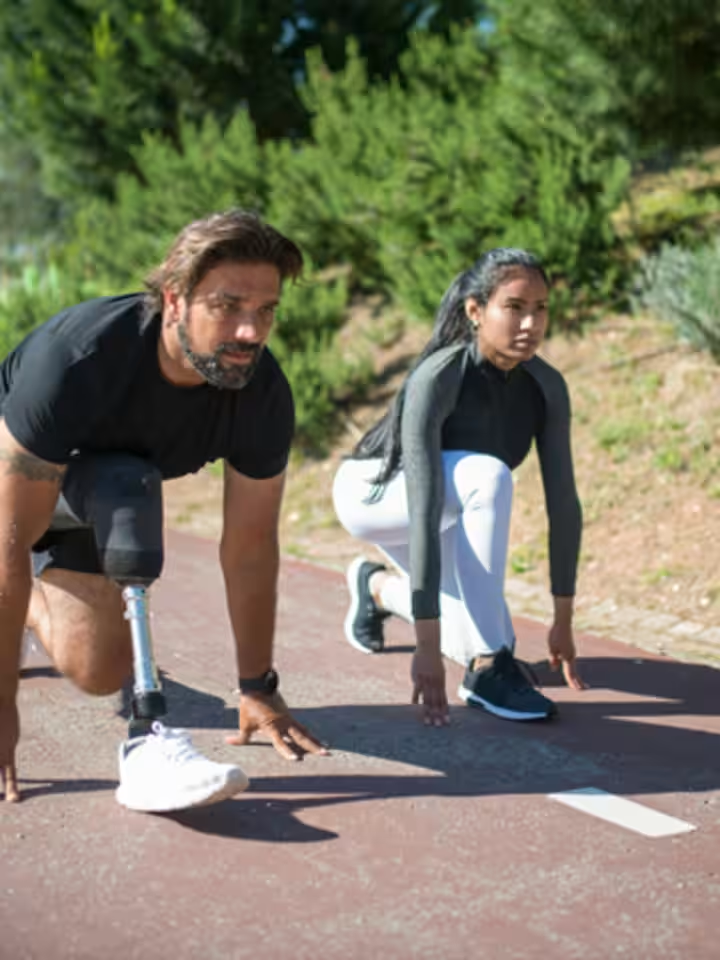
For amputees, mobility levels (K-levels) play a critical role in determining the most suitable prosthetic components and devices for their lifestyle and functional goals. These levels, categorized from K1 to K4, are essential in personalizing care and ensuring each individual achieves their maximum potential for mobility and independence.
In this guide, we’ll break down each mobility level, the activities amputees at each level might engage in, the types of assistive devices they could use, and some recommendations to enhance adaptive living.
What Are K-Levels and How Were They Developed?
K-levels were established by Medicare as part of the functional classification system used to determine prosthetic coverage for individuals with limb loss. These levels help clinicians assess an amputee's functional abilities, set realistic mobility goals, and select appropriate prosthetic devices. The classification system ensures that prosthetic prescriptions align with an individual's mobility potential, promoting optimal outcomes while maintaining cost-effectiveness. The K-levels have since become universal standard in the prosthetic care field, guiding practitioners worldwide.
K1: Limited Mobility
Who It’s For: Amputees at the K1 level are typically those who require assistance for basic mobility. They may move around their home or a controlled environment but have limited ability to navigate uneven terrain. The individual requires the use of a wheelchair for most activities outside of their residence and may primarily use the prosthesis for transfers within their home.
Activities:
Walking short distances indoors.
Navigating flat, predictable surfaces.
Sitting and standing with support.
Assistive Devices:
Basic prosthetic devices designed for stability rather than flexibility.
Walkers or canes may be used in conjunction with a prosthetic for added balance.
Recommendations:
Prioritize safety features in prosthetics, like non-slip soles.
Engage in physical therapy to build confidence in mobility.
Modify houses by installing ramps, widening doorways, and adding grab bars to ensure easy mobility and safety.

K2: Limited Outdoor Mobility
Who It’s For: K2 amputees can navigate small environmental barriers like curbs or stairs and may have limited outdoor activity capabilities. They’re often moderately active within their community and can navigate the interior of their home with their prosthesis. They may require a wheelchair for distances that are beyond the perimeters of the yard/driveway, apartment building, etc.
Activities:
Ambulate on a flat, smooth surface (e.g., concrete, asphalt) such as might be found outside the home (e.g., porch, garage, driveway).
Climb 1-2 stairs.
Light community activities like grocery shopping.
Negotiate a ramp built to ADA specifications.
Assistive Devices:
Multi-axis feet or prosthetics designed for moderate flexibility and movement.
Possibly a cane for challenging environments.
Recommendations:
Invest in a prosthetic with a moderate range of motion to improve comfort outdoors.
Explore low-impact adaptive sports or exercises to increase strength.
Engage in weekly physical therapy with prosthesis.
Explore coverage of a microprocessor knee if an above-knee amputee.

K3: Community Mobility
Who It’s For: Amputees at this level can confidently move through their community and participate in more advanced activities. They may encounter varying terrain and require prosthetics with enhanced functionality.
Activities:
Walk on terrain that varies in texture and level (e.g., grass, gravel, uneven concrete).
Open and close doors with prosthesis on.
Perform dual ambulation tasks (e.g., carry an item or meaningfully converse while walking).
Climb 3-7 consecutive stairs.
Assistive Devices:
Prosthetics with microprocessor knees and energy-storing feet for improved efficiency and stability.
Dynamic-response feet that adapt to changing environments.
A cane may be necessary for added stability during certain activities.
Recommendations:
Regularly maintain prosthetic devices to ensure optimal performance.
Join local amputee support groups to share adaptive tips and techniques.
Participate in weekly physical activity to maintain good health.
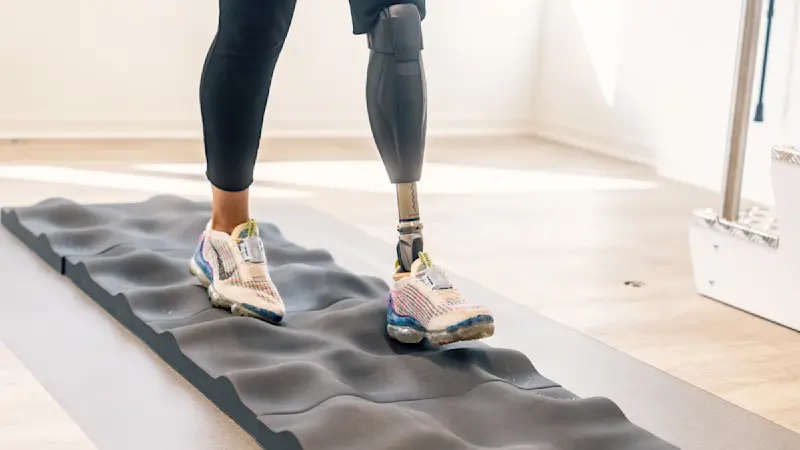
K4: High-Performance Mobility
Who It’s For: K4 amputees are highly active and can perform strenuous, high-impact activities. This level is common among athletes and individuals with physically demanding lifestyles.
Activities:
Running, jogging, or participating in competitive sports.
Intense outdoor adventures like mountain climbing or climbing steep hills.
High-impact activities such as skiing or snowboarding.
Assistive Devices:
Advanced prosthetics designed for durability and flexibility, such as shock absorbing feet, running blades or sport-specific components.
Custom-fit devices for optimal performance during specialized activities.
Recommendations:
Work closely with a prosthetist to customize components for specific activities.
Incorporate strength training, stretching, and cardio to maximize mobility and endurance.
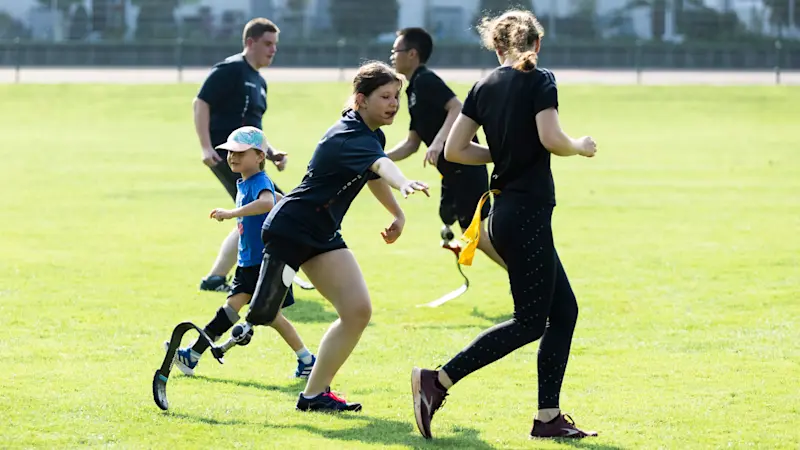
Choosing the Right Mobility Level
Understanding your K-level is key to receiving the best prosthetic solution and developing an adaptive lifestyle that suits your needs. Certified Prosthetists (CPOs) play a vital role in evaluating your mobility and recommending appropriate devices to enhance your functionality.
Supporting Adaptive Living at Every Level
Mobility isn’t just about movement—it’s about freedom, confidence, and participation in life’s moments. Whether you’re at K1 or K4, there are adaptive solutions to empower your journey as an amputee. Remember to prioritize consistent check-ins with your prosthetist, explore new activities, and stay connected with the amputee community for additional support and inspiration.
By understanding and embracing your K-level, you can redefine your limits and live life to the fullest.
Get a Consultation
Are you ready to take the next step towards improved mobility and comfort? Find an orthotics and prosthetics clinic near you and schedule your appointment today!




